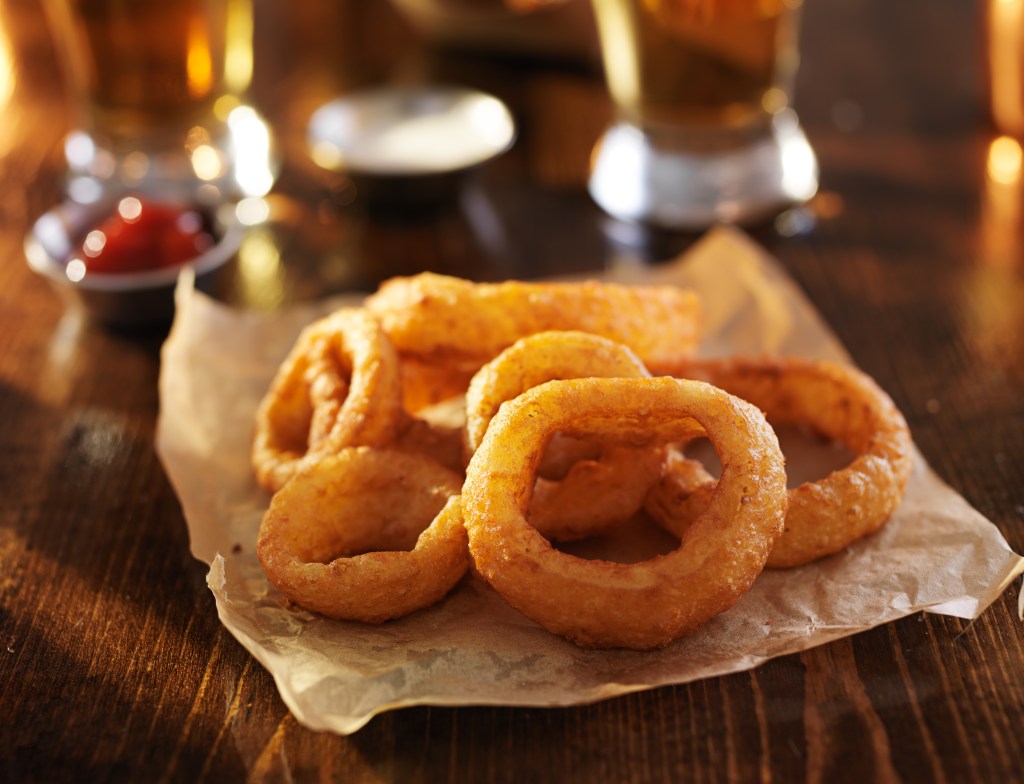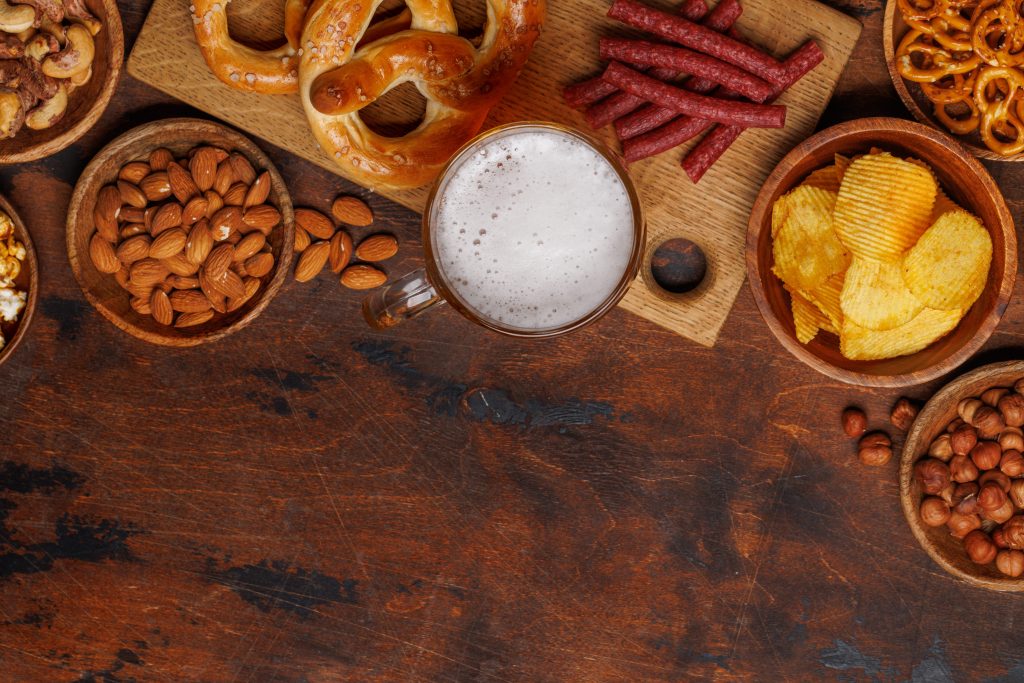Snacks are more than delicious treats; they’re big business. While Europe and North America make up the majority of worldwide snack sales (US$167 billion and US$124 billion respectively), Southeast Asia’s developing nations are contributing significantly to the category’s growth, posting 3.6% year-on-year growth compared to 2% globally*.
And spending is expected to rise as the region welcomes almost 300 million new consumers in the next decade; rising income levels and a burgeoning middle class population will fuel growth in the coming years. To take a sizable bite of the opportunity, it is critical for snack food manufacturers to align strategies with the growing middle class and consumers’ evolving taste and health considerations.
Snack as a source of nutrition
There are varying and diverse reasons why consumers snack. For Filipino respondents, snacking is viewed primarily as a source of nutrition (74%). In contrast, Indonesians, Malaysians, Singaporeans, and Vietnamese rank enjoyment as the foremost reason for snacking, while eight out of 10 Thai consumers (79%) snack to satisfy a craving. Similar to other consumers in the regions, snacking is also considered by many as a moment for sharing with family and friends, giving rise to opportunities to adjust packaging for single serves for snacking in between meals or family-size packs for sharing.
Filipinos love bread/sandwich
Consumers in Philippines are looking for fresh snacks which offer health and nutrition benefits, but they’re also looking for an occasional treat. In the past 30 days, Filipino respondents ate a wide variety of snacks, preferring bread/sandwich above others, followed by fresh fruit and chocolate.
Taste and health attributes count
Consistent with their demand for nutrition, Filipinos look for beneficial ingredients, rating fiber as the most important attribute in the snacks they eat (63%). They also care more about the absence of ingredients than the addition of them, indicating preference for all natural ingredients (56%) and natural flavors (54%). Their Southeast Asian peers share this preference, with Indonesians (56%), Malaysians (49%) and Thais (45%) rating no artificial colors as the most important health attribute, while all natural ingredients is the priority for three in five Vietnamese consumers (60%), and low salt and no artificial colors top the list for Singaporean consumers (34%).
Filipinos are the most environmentally conscious consumers along with the Vietnamese. More than half of Filipino respondents say that it is very important that snacks include ingredients that are organic and 40% prefer the uses local herbs. Close to half of Vietnamese consumers (45%) say sustainable sourcing is important.
Fresh (75%), flavorful (65%), and juicy (54%) snacks resonate as the most important taste/texture attribute in the snacks Filipinos eat.
Planner, purposeful and spontaneous snackers
Typical to Southeast Asian consumers, Filipino consumers also tend to have a planned approach to their snack consumption. These consumers buy snacks in the store aisle, plan their purchases before they get to the store, and have a few snacks they keep in rotation. Notably, however, Filipino consumers also exhibit characteristics of spontaneous snackers, including trying new snacks, buying a variety of snacks, and making unplanned snack purchases. Spontaneous snackers often eat snacks as soon as they buy them and tend to buy snacks at the check-out counter.
Opportunities abound with strategic placement of snacks to ensure both ends of the spectrum are catered for. Purposeful snackers know what they want in a snack and are very selective about what they choose. For these consumers, it is important to clearly state product features such as sustainable sourcing and fair-trade. Conversely, getting products in high visibility areas, particularly in front-of-store locations, is key to cornering the impulse-driven snack market.
Snack manufacturers must understand consumer demand and what drives their need states in order to innovate offerings which incorporate the right balance of healthy and indulgence. Localizing product portfolios to appeal to the taste and health preferences of consumers is a critical factor in any successful growth strategy.
*Source: NielsenIQ Retail Sales, Indonesia, Singapore, Thailand and Vietnam, 2014
Insights contained in this article are based on The NielsenIQ Global Survey of Snacking, which polled more than 30,000 online consumers in 60 countries to identify which snacks are most popular around the world and which health, taste and texture attributes are most important in the selection criteria.



